【Learning Points】
- Principles of joint movement: After relaxing with hot compress, do progressive movement from the proximal end to the distal joint, do not force it; perform it regularly every day.
- Encourage him to move to his full range of motion on his own, and perform passive joint motions for joints where he cannot move (such as hands or feet after a stroke or spinal cord injury).
Have you ever been in bed for two or three days and then felt stiffness in your joints when you got out of bed? The joints of the body are like the wheels of a bicycle, if they are not moved for a while, they will rust and become difficult to move. Although a bedridden family member may not be able to get out of bed and walk anymore, keeping his joints moving will not only make him feel comfortable, but will also make it easier for us to take care of him!
Encourage and supervise the patient to move some joints to their maximum range of motion on a daily basis when they are still mobile. For those joints that cannot be moved, perform joint exercises twice a day for 10 minutes each time.
Encourage and supervise the patient to move some joints to their maximum range of motion on a daily basis when they are still mobile. For those joints that cannot be moved, perform joint exercises twice a day for 10 minutes each time.
I.The principle of range of motion (ROM) exercises:
- Apply hot towels or pads to the joint before exercise to relax the muscles
- From the hands and shoulders to the feet, from the proximal to the distal joints, every joint that can be moved should be done.
- Do not bend or straighten the joint to avoid fracture or injury, but gradually increase the angle of movement.
- Regular and consistent joint exercises, once in the morning and once in the evening, 3-5 times per day for each joint
- Be careful of your posture when helping the patient and do not bend too much to avoid soreness.
II.How to do passive movement? Following are some methods and steps:
- Upper limb movement(Picture 1-8)
- Raise the upper limb
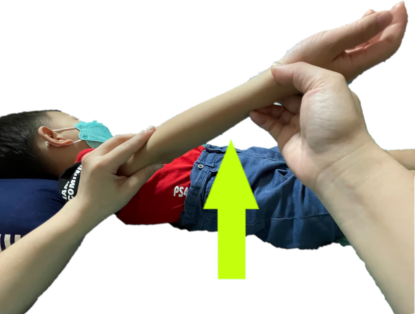
- forearm flexion
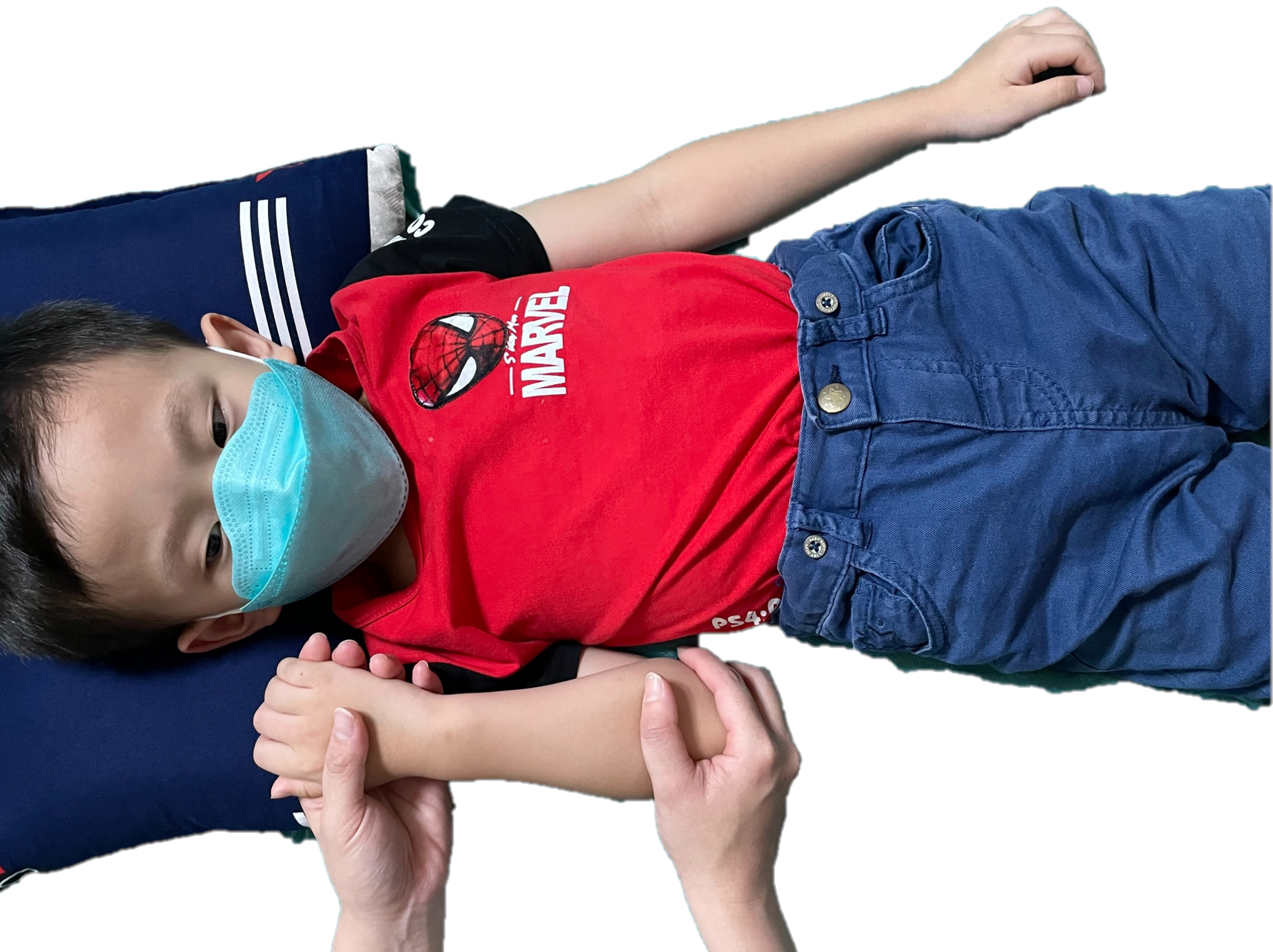
- Straighten the arm and stretch
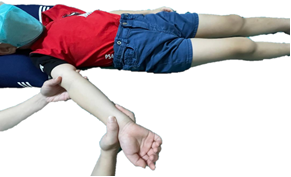
- Raise hand over the front chest and then bend inward
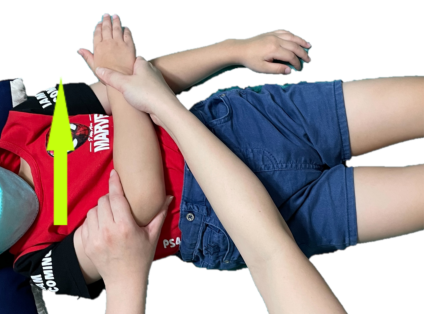
- Internal rotation
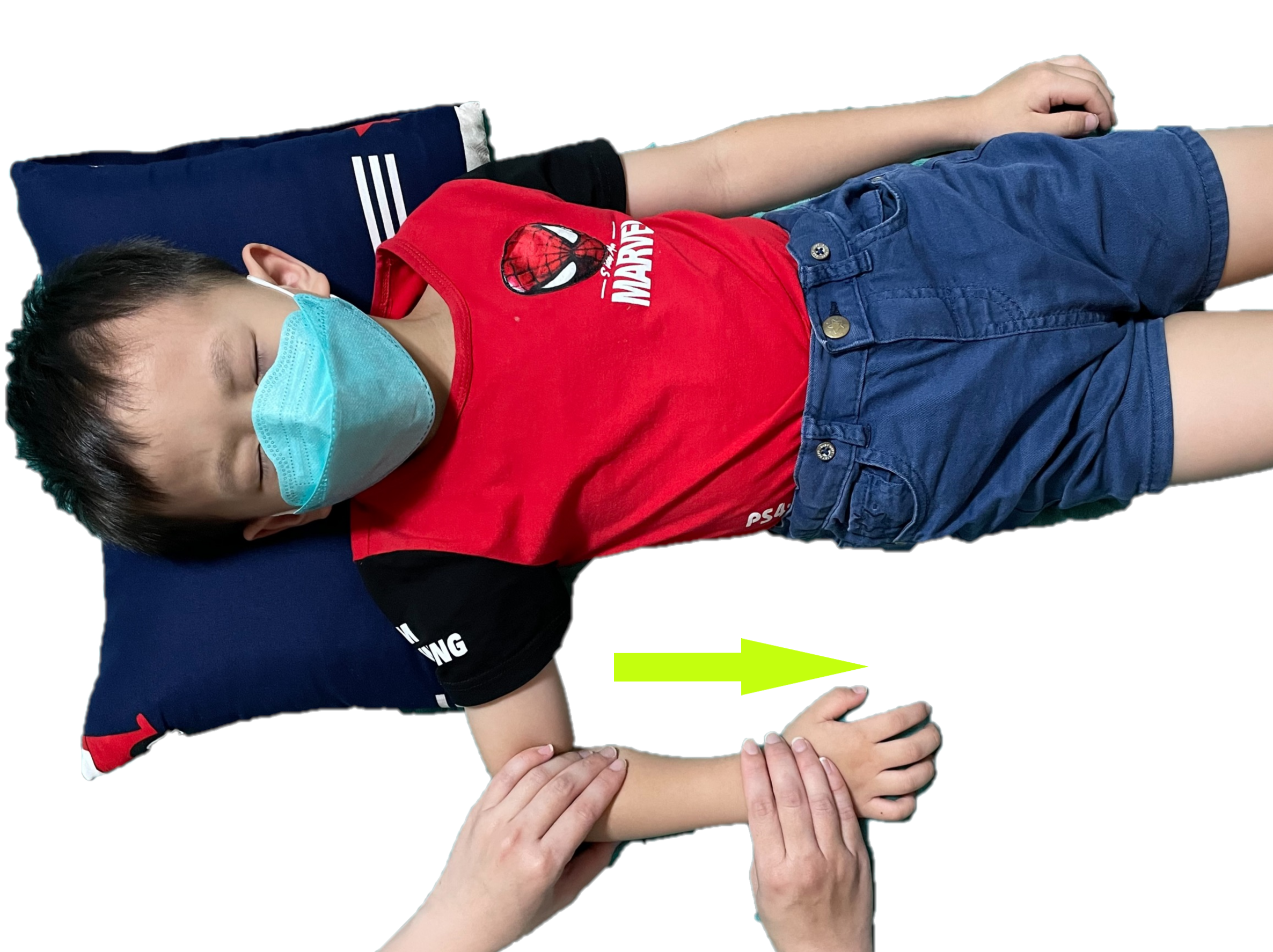
- External Rotation

- Pronation:palm down

- Supination:palm up
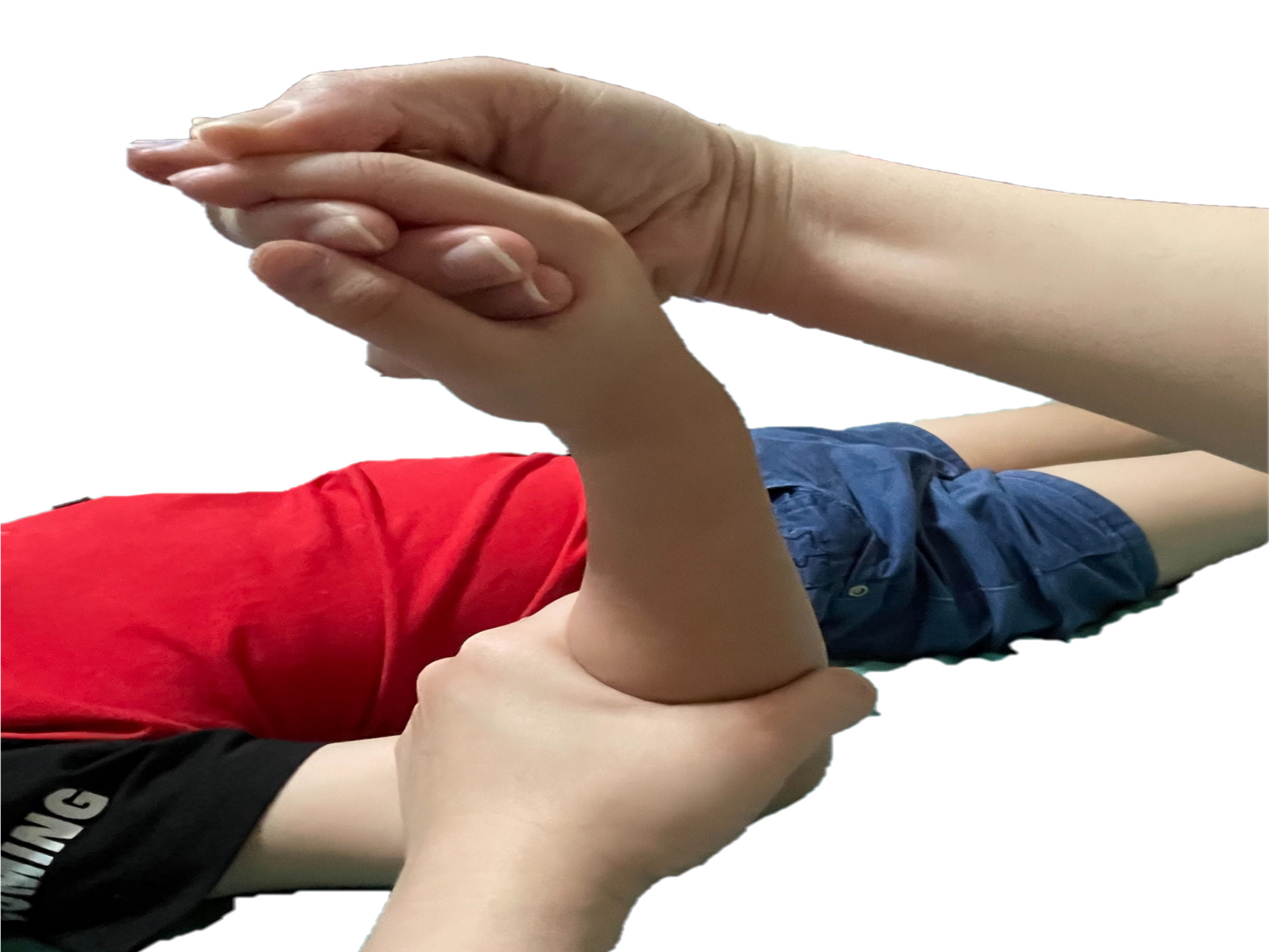
- Raise the upper limb
- Hand movement(Picture 1-2)
- Stretch the palm and finger

- Wrist and fingers flexion
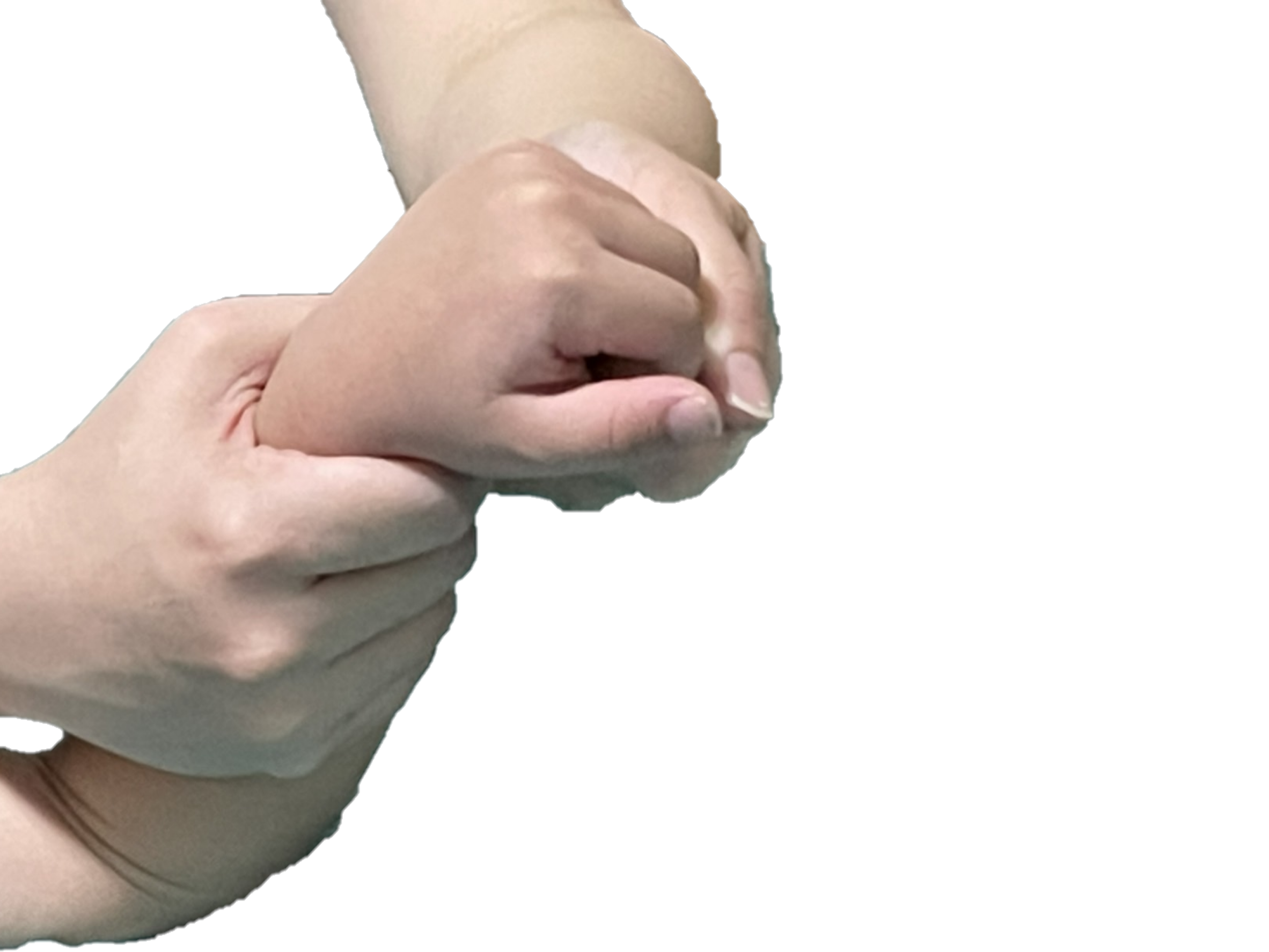
- Stretch the palm and finger
- Leg movement(Picture 1-4
- Straight leg raise
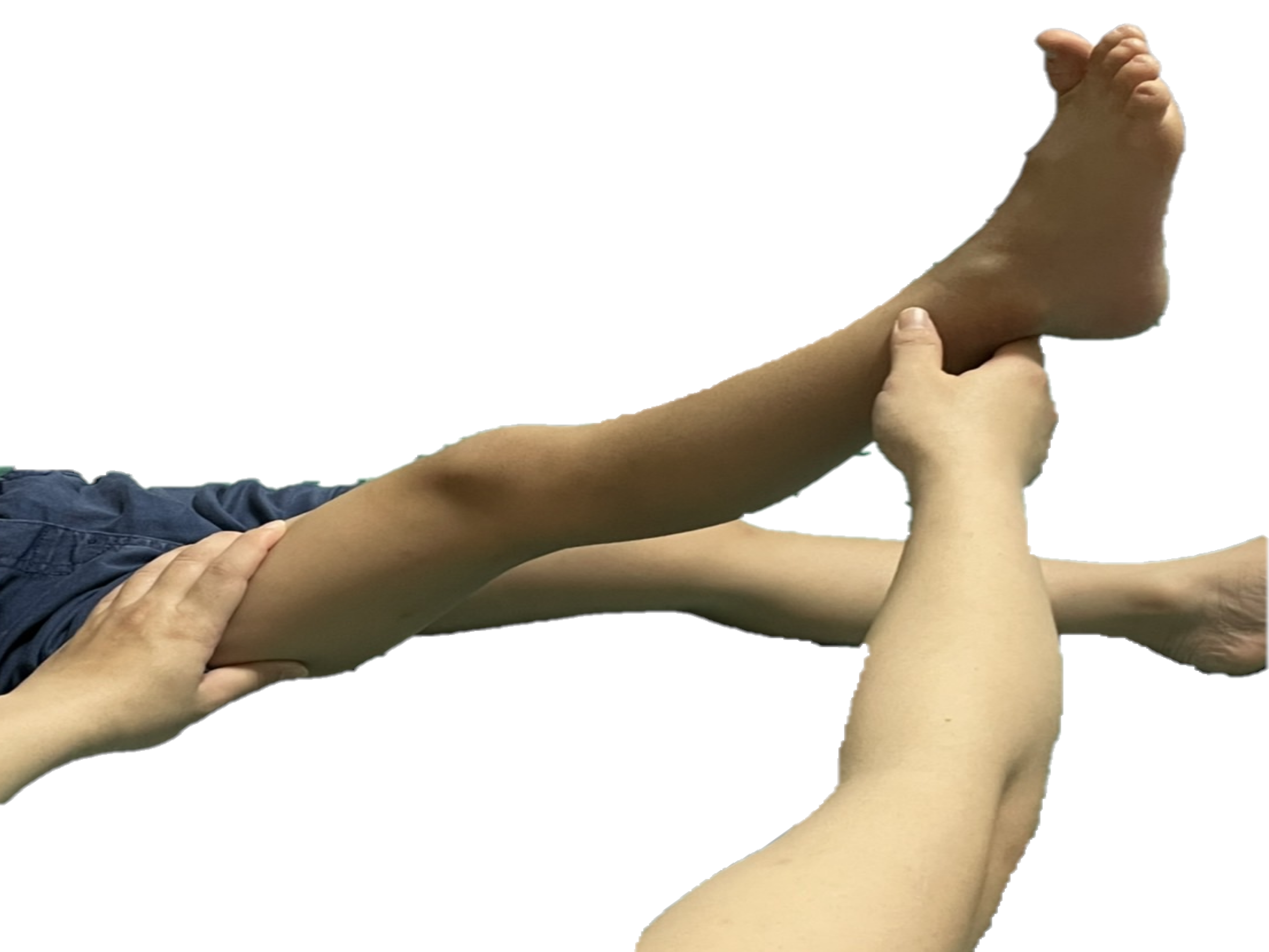
- Bend your knees toward your chest
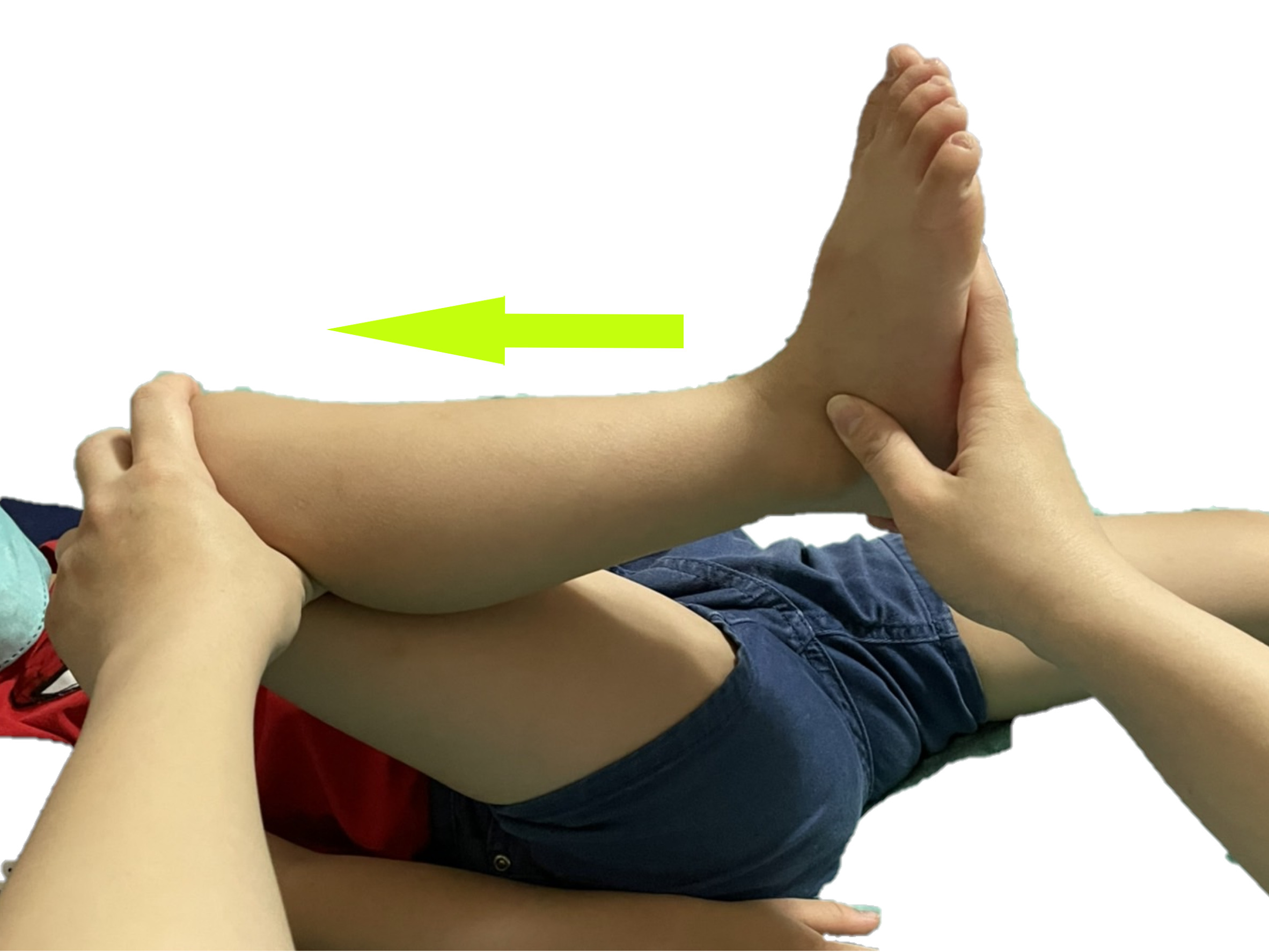
- Toes flexion
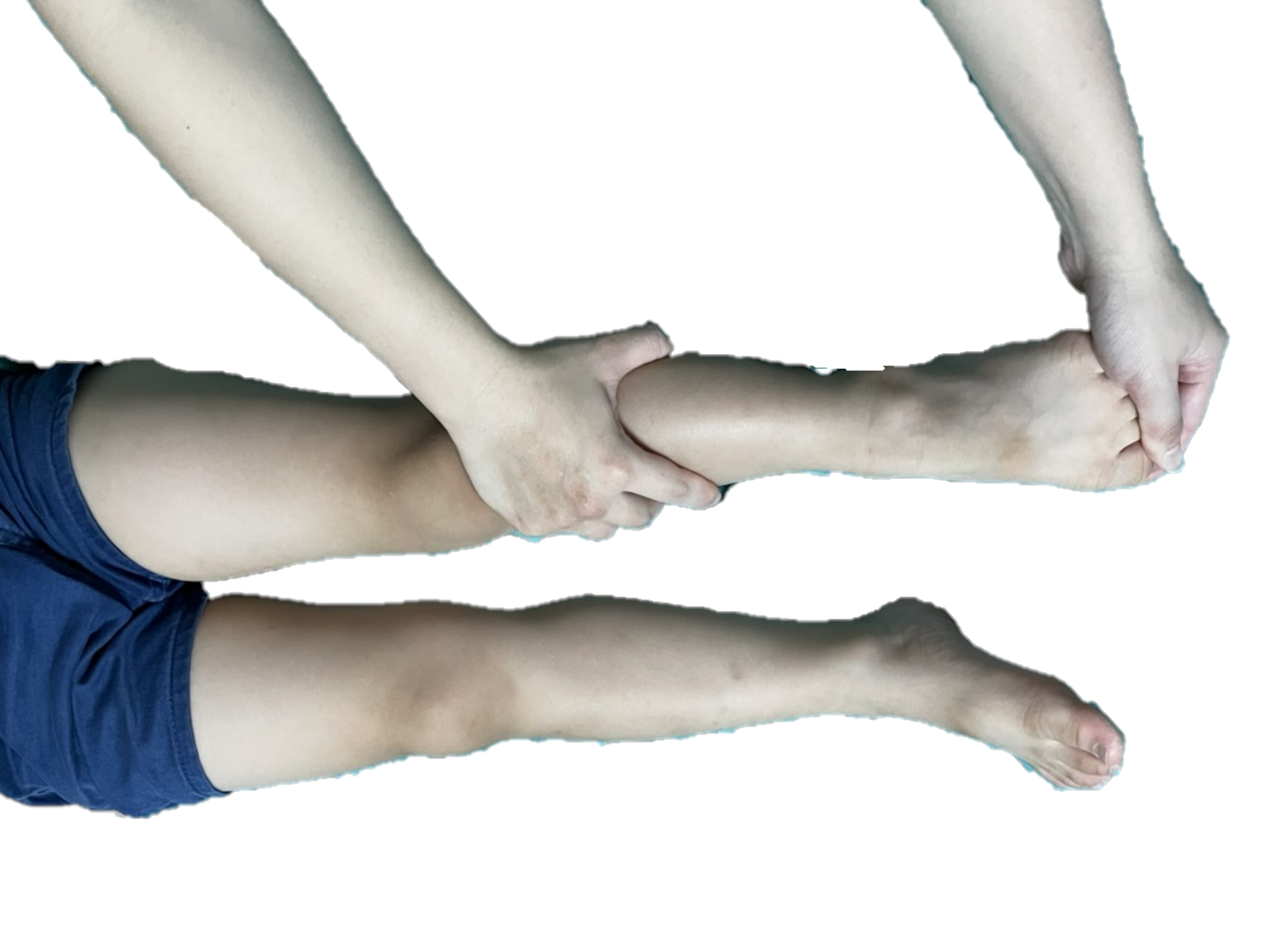
- Toes extension
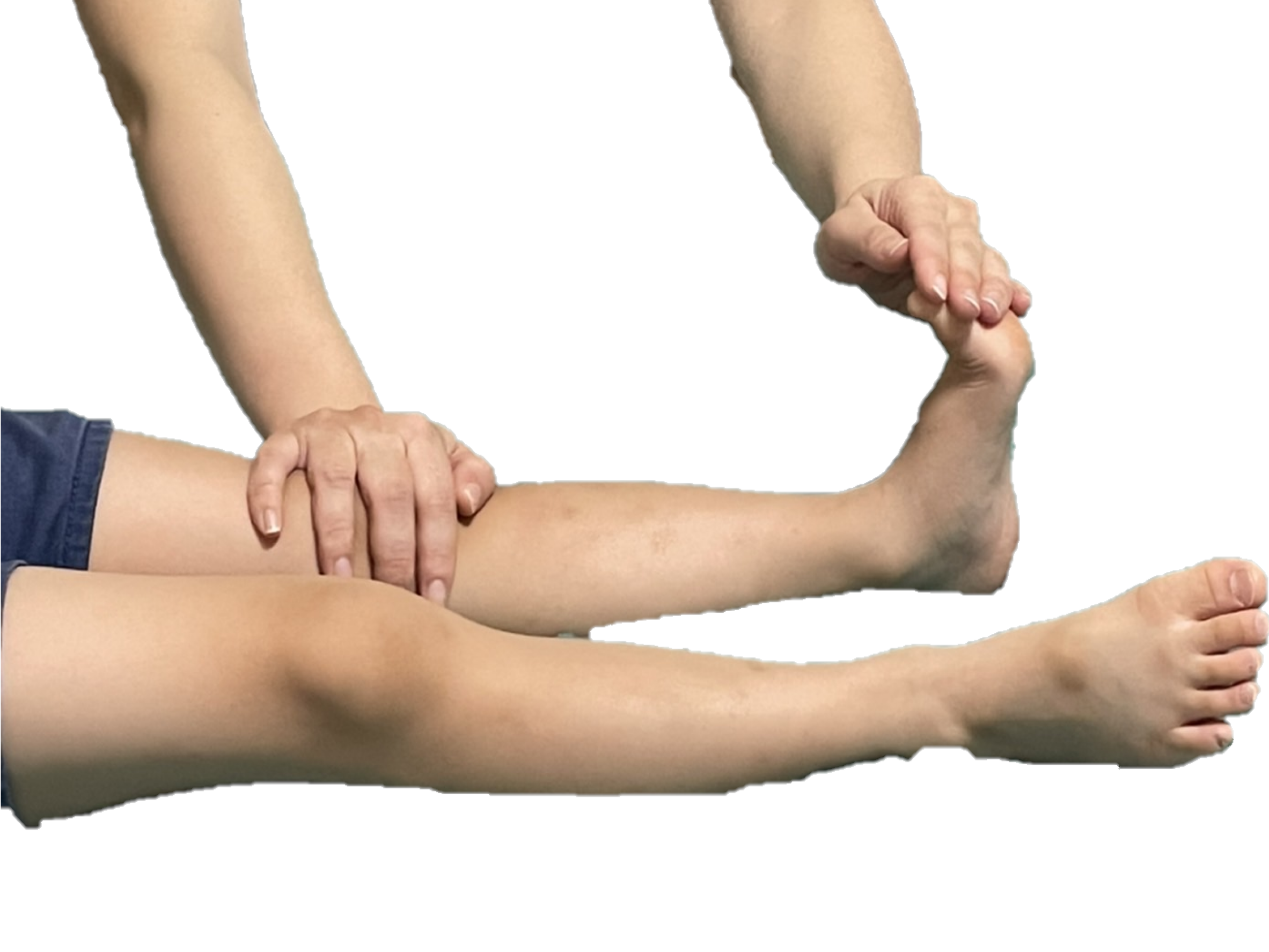
- Straight leg raise
III.conclusion
It is very important for long-term bedridden patients to perform joint exercises every day. Correct guidance and assistance in joint movements can avoid joint stiffness and muscle contracture. Increase limb joint activities to slow down disability and improve the quality of daily life.
It is very important for long-term bedridden patients to perform joint exercises every day. Correct guidance and assistance in joint movements can avoid joint stiffness and muscle contracture. Increase limb joint activities to slow down disability and improve the quality of daily life.
IV.References
- 衛生福利部長照專區(2022年07月13日)‧肢體關節活動操作指引。https://1966.gov.tw/LTC/cp-4266-45818-201.html
- 陳美如、謝心柔、賴珍妙、盧玉華(2020)・以品管圈手法改善腦中風病人病房復健運動執行率・醫療品質,9(1),9-25。https://www.airitilibrary.com/Publication/alDetailedMesh?DocID=a0000035-202012-202101060021-202101060021-9-25
- Purton, J., Sim, J., & Hunter, S. M. (2021). The experience of upper-limb dysfunction after stroke: a phenomenological study. Disability and rehabilitation, 43(23), 3377–3386. https://doi.org/10.1080/09638288.2020.1743775
簡易測驗
Let us take the quiz to make sure you understand
評語
統計結果不開放
請登入後才可以評分
未登入或權限不足!
- 位置
-
- 資料夾名稱
- English
- 上傳者
- 黃郁琇
- 單位
- 中榮護理衛教
- 英文名稱
- Passive range of motion exercise about joints for the bedridden patient
- 分類
- 健康促進
- 科別
- 英語
- 癌症照護
- 否
- 建立
- 2024-01-29 21:12:12
- 制訂日期
- 2017-09-08
- 最近修訂
- 2024-03-21 14:23:00